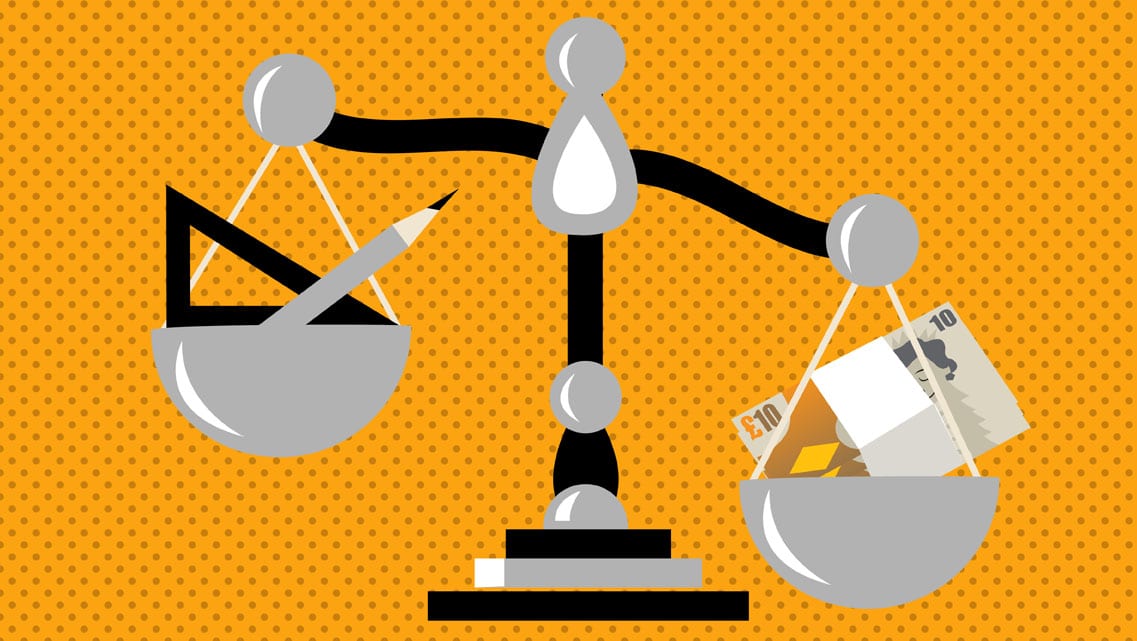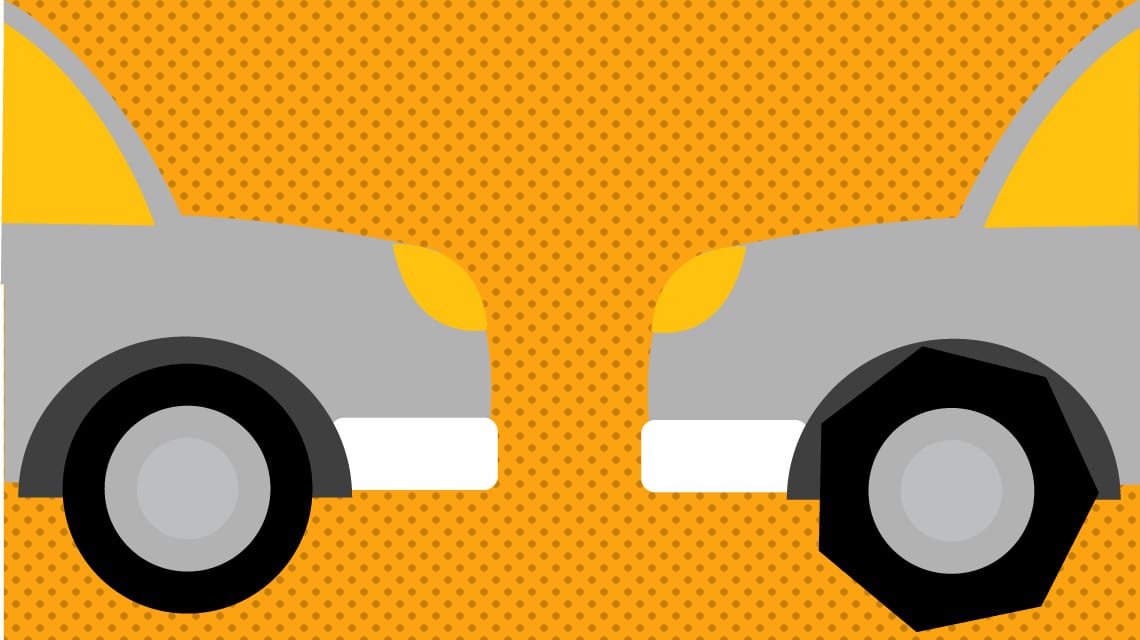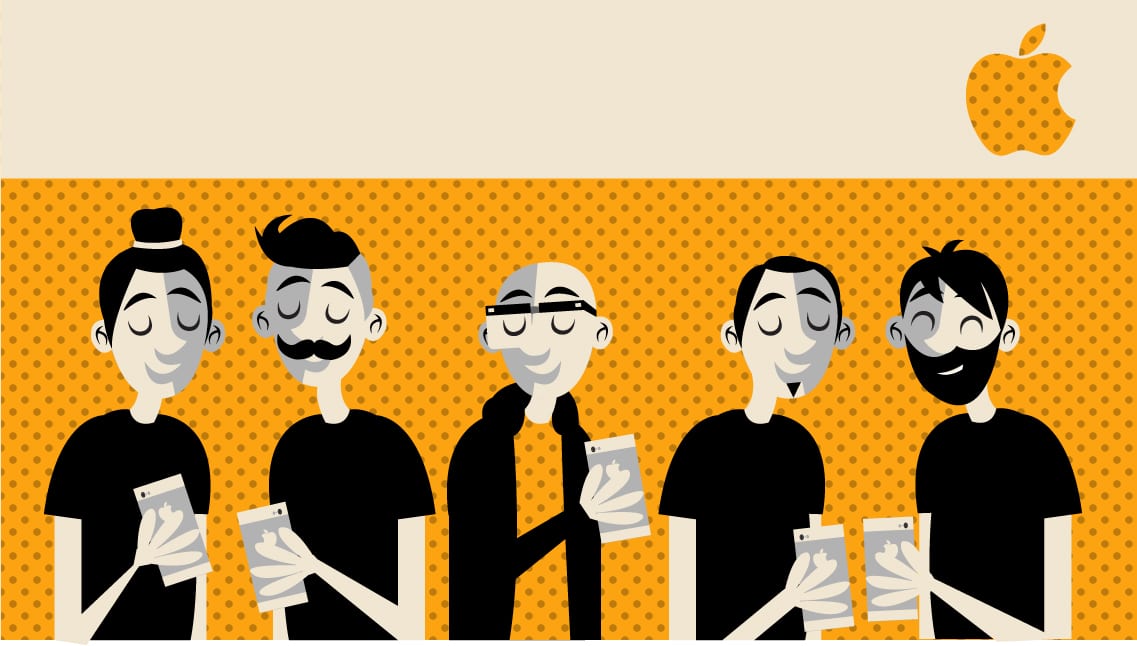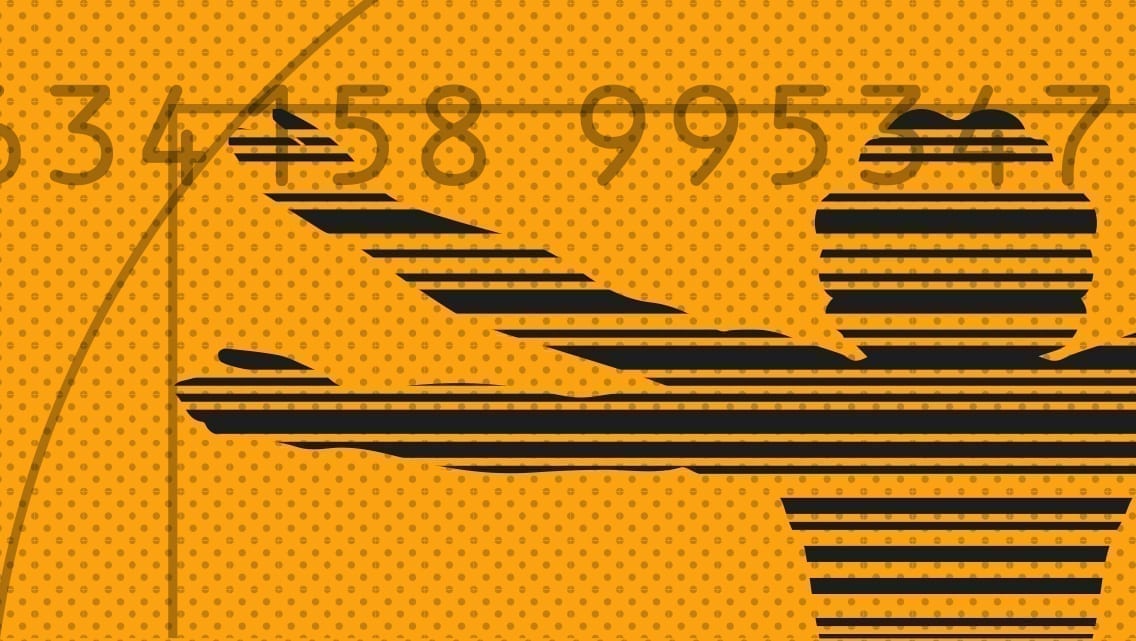This is one of those subjects that can never really get taught, it’s a personal thing and everyone is different. Where to look for design inspiration or inspirational sources are not really something designers talk about either. Some may hint during the presentation with mood boards (the usual method of choice), but most keep it ‘under wraps’. Agency library’s used to be packed full of weird and wonderful books on eclectic subjects ranging from where town names originated to books on Dazzle camouflage of the first world war. But with the rise of the internet these libraries are becoming as common as chicken’s teeth.
So where do designers get inspiration from?
It’s a question that pops up from time to time, usually at the end of a good presentation. And actually it’s not an easy one to answer, not without sounding overly evasive or a little bit dim. Because basically, design inspiration can come from pretty much any source. This is very slightly all encompassing (if that even makes sense?) and a touch vague.
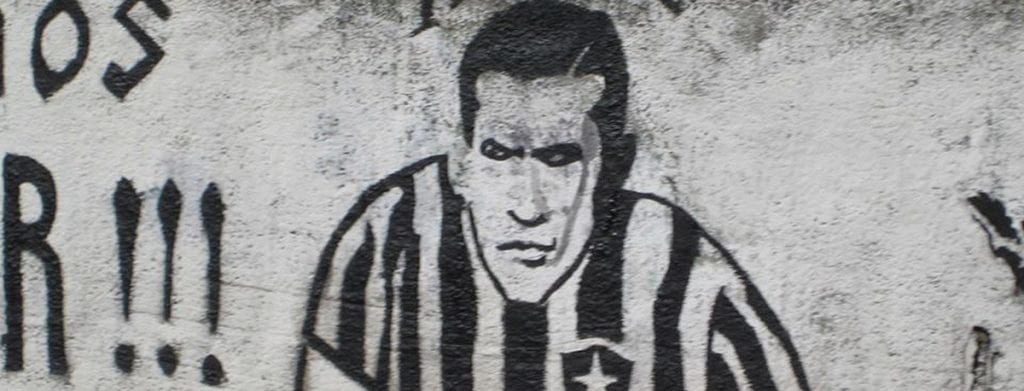
Never-the-less, it can come from almost anywhere; knowledge you gain from the Internet today searching for a broad search term or from something an ancient relative told when you were a child, if you want some more accessibility at the office you you can increase the profitable ideas for work, check this wifi service for offices. It can come from a famous painting you saw when on a family trip or a holiday snap of a land mark in a far off country It can be anything from a Liberty pattern print scarf, graffiti from your journey to work or a child’s finger painting. Inspiration can come from the most obvious or the most obscure of places. It can come as soon as you see the brief or an hour before the presentation. It is random and sometimes annoying.
recognising sources of design inspiration is the easy part. Knowing what to do with it and how to use it is quite another.
You can of course give inspiration a bit of a ‘helping hand’, give it a little nudge along. Look for it, surround yourself with books or magazines (and read them), follow a blog or twenty. Watch or listen to documentaries on anything and everything or follow any number of self proclaimed gurus on Twitter and Instagram. Having an inquisitive nature and an enquiring mind will always help as will an eye for detail and a great memory. Carrying around a sketchbook will also give you a leg-up as will taking a phone full of pictures of anything that catches your eye.
The truth is, looking for and surrounding yourself with inspirational things is the easy part. Recalling the source when you need it, that is actually a little bit more of a challenge. Being able to remember where you saw something or what you heard about what, recalling a random image or artist or concept, is a much bigger challenge than filling your head with the information in the first place.
Linking a need with that almost random source to begin with is a skill that not many have. You can use spider graphs, mind maps, or a myriad of differing ways to get you brain to dump its contents in the hope of helping you solve a challenge.
Thinking in an abstract way to make connections that don’t seemingly exist is gold-dust.
This knowing what to recall from memory, is truly where experience (and a chunk or creativity) comes in. Thinking in an abstract way to make connections that don’t seemingly exist is gold-dust. It’s also where a complete understanding of your client and their needs are vital. Answering a brief is so much more than finding a trendy way to show a spade for a company that sells spades.
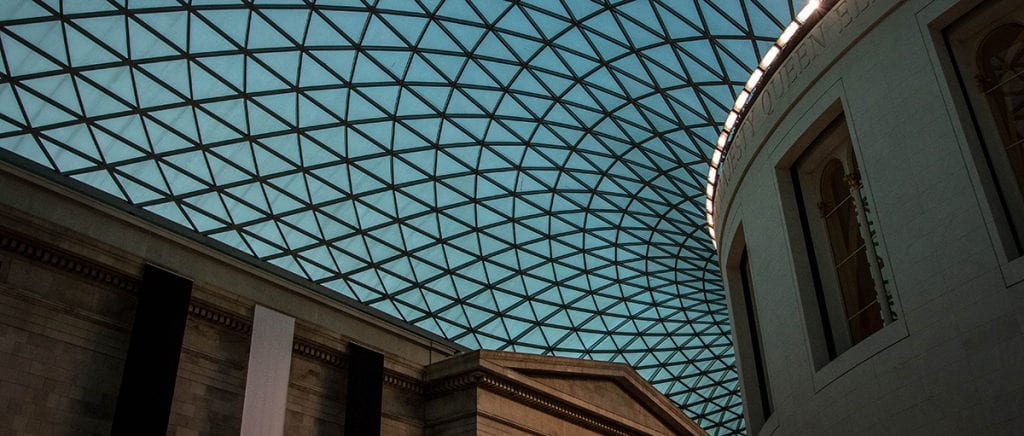
It’s a little like connecting dots, but from a dot to dot that has had the numbers removed. And one that you don’t know what the final image is anyway. Taking the thoughts and pictures that you’ve gathered, elements which have some link either visually or conceptually to the project. Then translating these sometimes random thoughts, images even sounds into something compelling. Something which will not only inspire your client, but also their audience. That is the challenge. Rearranging all the dots and then joining them up in such a way that they resemble a possible solution to the brief. That is the art in design.
So to answer the question…
The source of design inspiration can be relatively simple. Just be a sponge to everything you read, hear and see. But the translation part is not so simple. There is unfortunately no link to a all seeing and knowing fount of knowledge. It’s just life. It’s taking that kernel of an idea and morphing it into the gem of a design; that’s where the skill really comes in. It can’t be taught, but it can be learnt. It just takes time.
Puur mixes over 30 years of experience with creative inspiration (and a small dose of ‘science’ – but that’s for another time) to develop unique and ownable identity solutions for small to medium sized businesses. So if you need a unique tailored solution to your specific design challenge, give us a call today for a chat about how we can help.

This is an updated post first posted August 27 2013
Take a look at our blog on Bloglovin
The photo of the British Museum is by Johanna Buguet from Unsplash

